
The Ultimate Guide to Rosette Succulents and Their Types
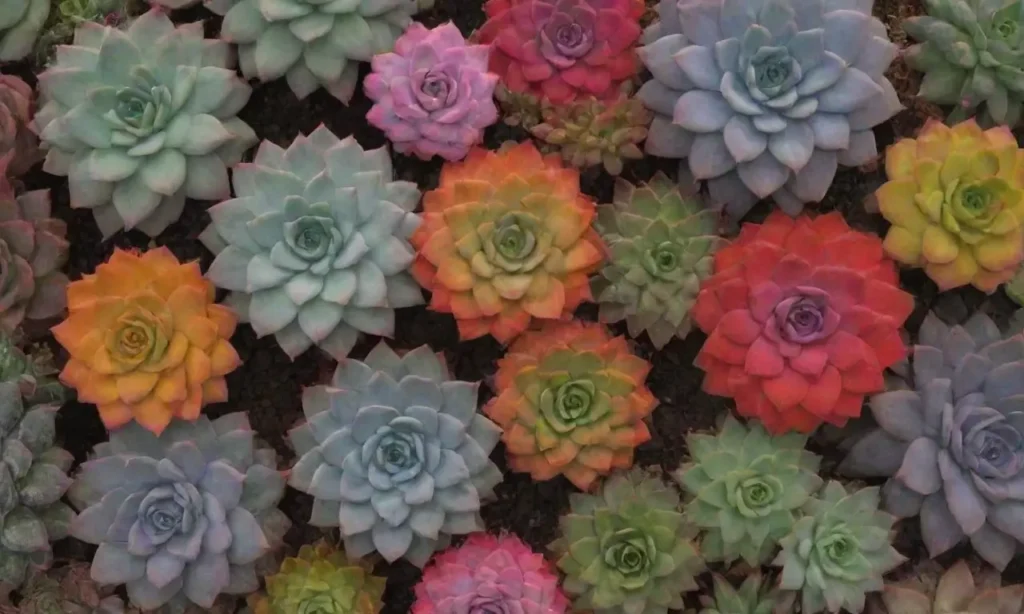
Introduction
Succulents have taken the gardening and home decor world by storm, celebrated for their unique beauty and resilience. Among the various types of succulents, rosette succulents stand out for their distinctive shape and stunning aesthetics. Characterized by a compact arrangement of leaves that form a rosette, these plants come in a myriad of colors and sizes, providing options for any plant enthusiast or collector.
In this comprehensive article, we will delve into the fascinating world of rosette succulents. We will explore their unique characteristics, types, cultivation practices, and care requirements. Whether you are a seasoned succulent grower or a novice looking to introduce some greenery into your life, this guide will equip you with the necessary knowledge to appreciate and care for these stunning plants.
Understanding Rosette Succulents
Rosette succulents are defined by their signature leaf arrangement, which forms a circular pattern resembling a rose blossom. This unique structure is not just for show; it serves a vital purpose by helping the plants conserve water, allowing them to thrive in arid conditions. The rosette shape effectively collects sunlight and rainwater, making them beautifully adapted to their native environments, primarily in the deserts and mountains of regions such as Africa and the Americas.
When we talk about rosette succulents, we are often referring to various families of plants that share this characteristic. The most notable among them are the Aloe, Echeveria, Succulent Sedum, and Agave families. Each plant species within these families exhibits unique traits, colors, and forms, enriching the diversity observed in rosettes. This remarkable diversity allows for an array of combinations and arrangements that can beautify homes, offices, and gardens, making them favorites among enthusiasts and interior decorators alike.
In growing rosette succulents, you will find that they are generally low-maintenance; however, each type may have specialized needs concerning soil, light, and watering. Understanding these nuances can lead to vibrant, healthy plants that can thrive for years, adding splashes of color and personality to your environment.
Types of Rosette Succulents
There are several well-known types of rosette succulents, each with its characteristics and care requirements. Below, we explore some of the most popular types that many plant enthusiasts enjoy cultivating.
Echeveria
Echeveria is perhaps the most recognized genus of rosette succulents, featuring a wide range of varieties with flower-like shapes. Echeveria can vary significantly in size, from small, compact types such as Echeveria ‘Lola’ to larger varieties like Echeveria ‘Black Prince.’ This genus is celebrated for its fleshy, often vibrant leaves that can exhibit hues ranging from deep green to lavender and even reds, depending on exposure to sunlight and environmental conditions.
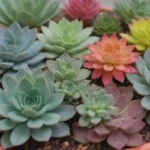 The Do's and Don'ts of Growing Container Succulents Together
The Do's and Don'ts of Growing Container Succulents TogetherOne of the most appealing aspects of Echeveria is its ability to adapt to various growing environments. They can be potted indoors, used in succulent arrangements, or planted in gardens. The key to successfully growing Echeveria lies in well-draining soil and providing plenty of indirect sunlight. Overwatering is a common issue; therefore, it is essential to allow the soil to dry out completely between waterings. Fertilizing with a diluted succulent fertilizer during the growing season can promote healthy, vibrant growth.
In addition to their beautiful foliage, many Echeveria varieties bloom, producing stunning flowers that add a breathtaking spectacle to your plant collection. Most flower stems shoot up from the center, producing pendulous flowers that attract hummingbirds and other pollinators, making them delightful additions to any garden or indoor setup.
Aloe
The Aloe genus is famous for its healing properties, with Aloe vera being the most commonly known species. However, many other Aloe species also feature the rosette shape, and they can be stunning additions to any succulent collection. Aloe arborescens, for example, forms larger rosettes with serrated leaves, while Aloe polyphylla has stunning spiral growth patterns, making it a highly sought-after succulent among enthusiasts.
Like Echeveria, Aloe plants are designed for arid conditions and prefer well-draining soil. Most Aloe species thrive in bright, indirect sunlight and prefer to dry out between watering. Aloes can also be identified by their fleshy leaves that often have a spiky or serrated edge, which serves as a protection mechanism against herbivores. Not only are they attractive, but many members of this genus also have medicinal properties attributed to their latex sap, which has been used for skin treatment for generations.
Another fascinating feature of Aloe succulents is their ability to produce clusters of tubular flowers in bright colors, ranging from red to yellow, depending on the species. These flowers can bring a pop of color to your garden during their blooming season, attracting bees and other pollinators.
Sempervivum
Sempervivum, commonly known as houseleeks, are another group of rosette succulents that have gathered quite a fanbase among plant lovers. Their robust nature is well-suited for growing in challenging conditions, typically found on rocky terrains or rooftops in mountainous regions. Sempervivum come in various colors and shapes, showcasing vibrant greens, reds, and purples that change with the seasons.
One of the unique aspects of Sempervivum is their growth cycle. Unlike many succulents, they tend to propagate through offsets, forming clusters of rosettes around the parent plant, leading to a beautiful display over time. They are hardy plants that can tolerate extreme temperatures, making them perfect candidates for outdoor gardens or landscaped areas.
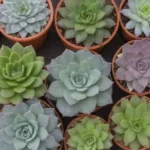 10 Types of Succulents That Need Very Little Watering
10 Types of Succulents That Need Very Little WateringProper care for Sempervivum involves ensuring they have well-draining soil and moderate sunlight. They are drought-resistant and prefer dry conditions, making them candidates for neglect. However, it is still essential to monitor watering, as too much moisture can lead to root rot. In colder climates, protecting Sempervivum from excessive moisture during winter months is vital. Overall, they are splendid plants for those who enjoy low-maintenance gardening.
How to Care for Rosette Succulents
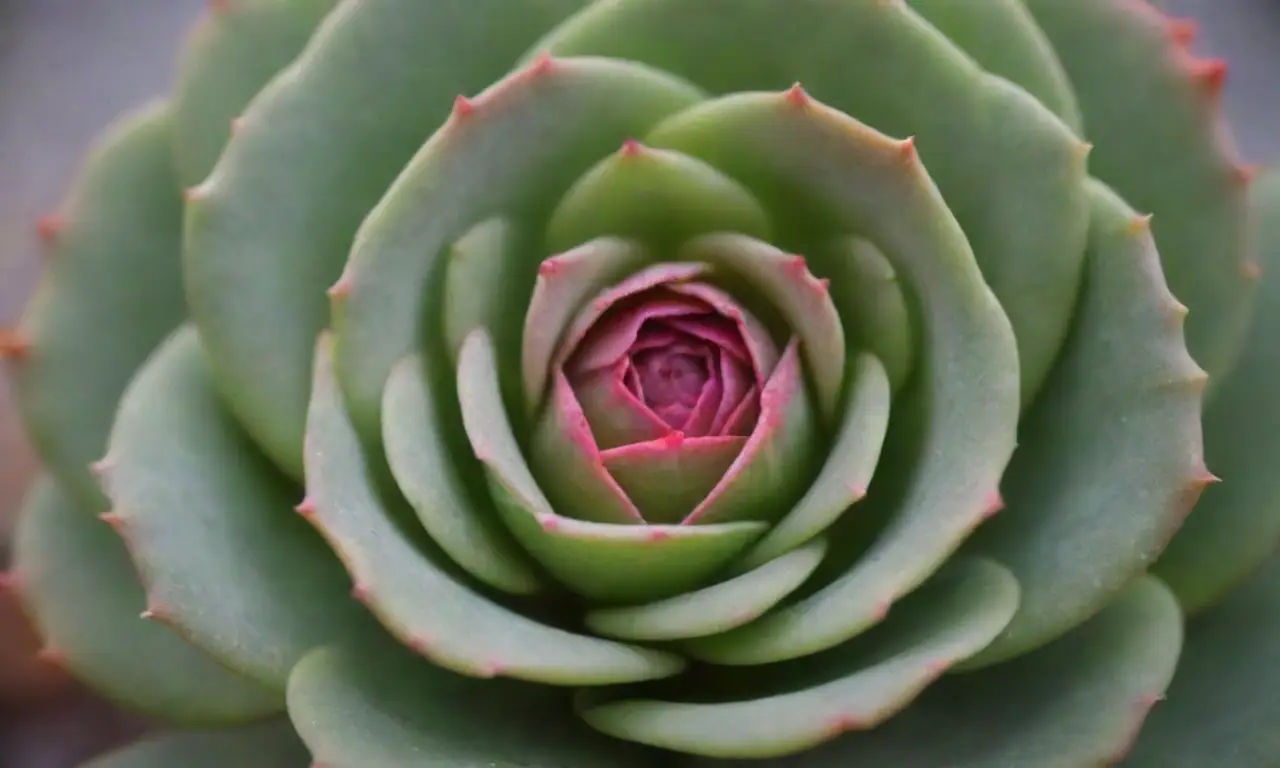
Caring for rosette succulents involves understanding their specific needs while also appreciating their beauty. Proper sunlight, watering, soil conditions, and fertilization are essential to keeping these plants healthy and flourishing.
Sunlight Requirements
Most rosette succulents thrive best in bright, indirect light. Direct sunlight can scorch delicate leaves, especially for types like Echeveria and Aloe. If you're growing succulents indoors, placing them near a south-facing window is ideal to ensure they receive enough natural light throughout the day. You can enhance light levels with grow lights during the winter months or in darker spaces.
However, it's crucial to introduce your rosettes to sunlight gradually, as sudden exposure can lead to sunburn. If your succulents start to stretch or lean towards the light, they may need more exposure. Regularly rotating your plants can also help them grow evenly.
Watering and Soil
Watering is an essential aspect of succulent care. It is best to follow the “soak and dry” method, soaking the soil fully when you water and allowing it to dry out completely before watering again. This method mimics their natural environment, preventing root rot while ensuring the plants receive the moisture they need to thrive.
Using well-draining soil is also vital for preventing excess moisture retention. A cactus soil mix is often recommended, as it allows water to flow easily, thus reducing the chance of root rot. For those who prefer a DIY approach, mixing regular potting soil with sand, perlite, or pumice can create an appropriate mix that meets your rosette succulents' needs.
 A Deep Dive Into the Aesthetic Appeal of Jungle Cactus Succulents
A Deep Dive Into the Aesthetic Appeal of Jungle Cactus SucculentsFertilization and Environmental Factors
Although succulents are not heavy feeders, providing them with diluted liquid fertilizer during the growing season—typically spring and summer—can promote growth and vibrant colors. A balanced fertilizer suitable for cacti and succulents is recommended for best results. Ensure that you avoid fertilizing in the dormant periods, as this can stress the plants.
It's also essential to consider environmental factors such as humidity and temperature. Most rosette succulents appreciate dry air and can handle temperatures ranging from 60°F to 80°F (15°C to 27°C) during the day. Ensure they are protected during extreme temperature fluctuations and avoid placing them near drafts or heat sources.
Common Pests and Problems
Like all plants, rosette succulents can encounter pests and issues that may affect their health. Identifying and addressing these problems early on will help maintain their vibrant appearance and growth.
Pest Infestations
Common pests that can affect succulents include mealybugs, aphids, and spider mites. Mealybugs, for instance, are small, cotton-like insects that often congregate in leaf joints, sucking the sap from the plant, leading to a weakened and unhealthy appearance. An infested plant may require careful inspection and treatment, typically through isolation and mechanical removal or applying insecticidal soap.
Spider mites, on the other hand, are more challenging to detect due to their minuscule size. They tend to create fine webs that can cover the plant, accompanied by stippling on leaves. Maintaining proper humidity levels and regularly misting the plants can help deter them.
Root Rot and Overwatering
Root rot is one of the most significant threats to rosette succulents, often caused by overwatering or poorly draining soil. Signs of root rot can include wilting and yellowing leaves or a mushy base. If you suspect your succulent has root rot, it is essential to remove it from its pot, examine the roots, and trim away any mushy areas. Repotting in fresh, dry soil will help restore your plant.
Leaf Drop and Etiolation
Another common issue among succulent owners is leaf drop, often caused by environmental stressors such as temperature changes or poor soil conditions. In contrast, etiolation—where the succulent becomes tall and stretched—occurs due to insufficient light. Addressing the light conditions and providing adequate care usually rectifies these issues.
 Understanding Agave Succulents: Characteristics and Care Tips
Understanding Agave Succulents: Characteristics and Care TipsConclusion
Rosette succulents are more than just plants; they are stunning living decorations that can add beauty and interest to any space. The variety of shapes, sizes, and colors among rosette succulents allows for endless possibilities when it comes to styling and arranging your collection. By understanding the essential care practices for these plants, you can cultivate a thriving garden, both indoors and outdoors.
Whether you choose Echeveria, Aloe, Sempervivum, or any other compatible rosette succulent, growing these unique plants will undoubtedly make your gardening journey fulfilling. Their low-maintenance nature makes them perfect for busy lifestyles, while their striking beauty captivates and inspires a love for nature.
As you progress in your succulent care journey, remember to embrace the learnings and adapt as you go. Share your experiences with fellow succulent enthusiasts, and enjoy the rewarding process of nurturing these captivating plants into your collection or home. Rosette succulents offer a world to explore—so go ahead, enrich your life with their charismatic presence!
If you want to read more articles similar to The Ultimate Guide to Rosette Succulents and Their Types, you can visit the Types of Succulents category.


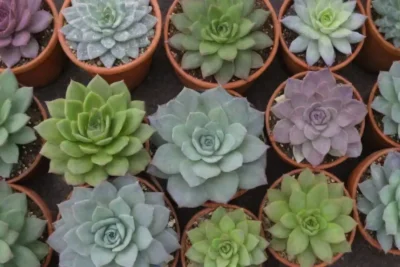

You Must Read